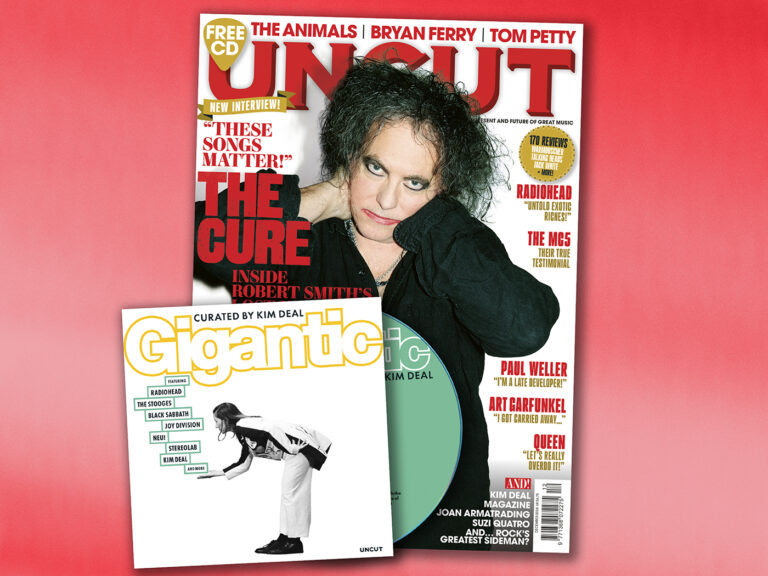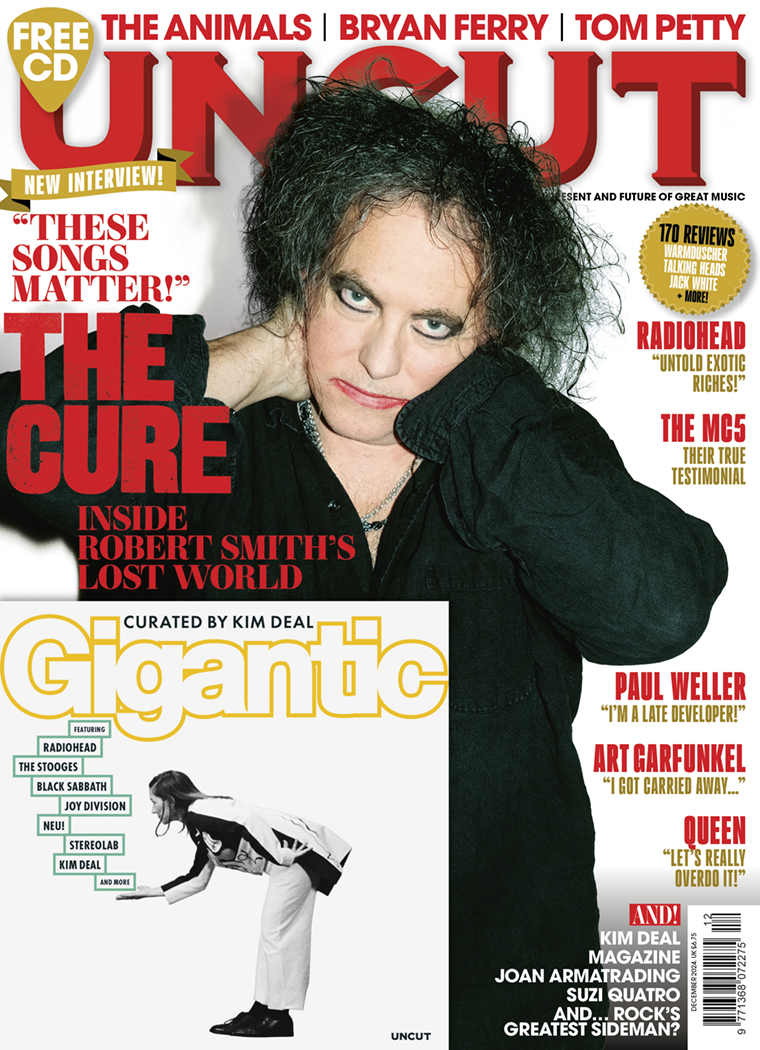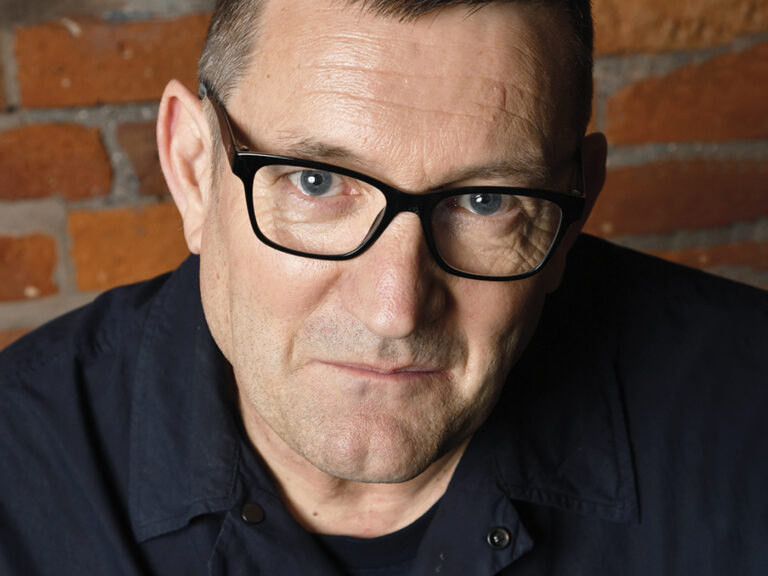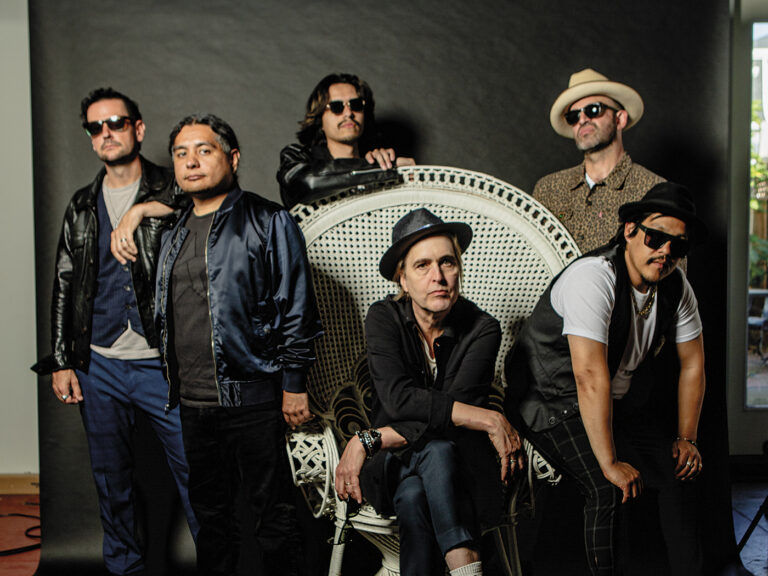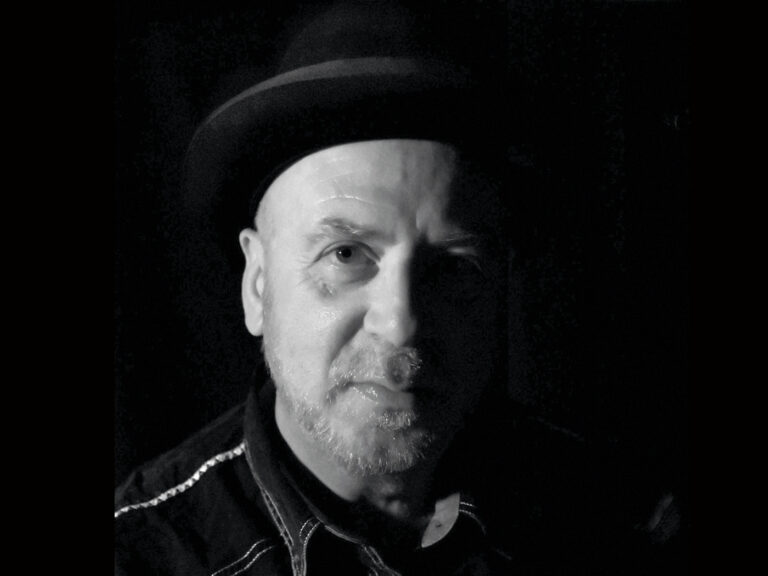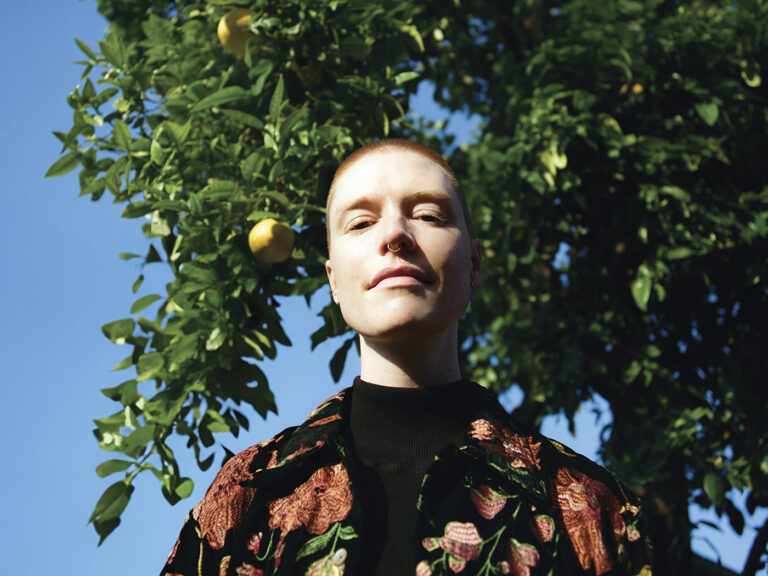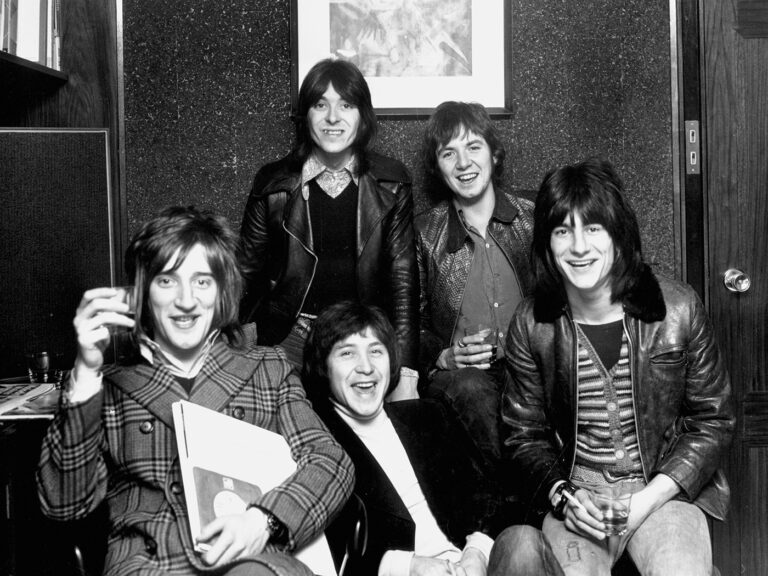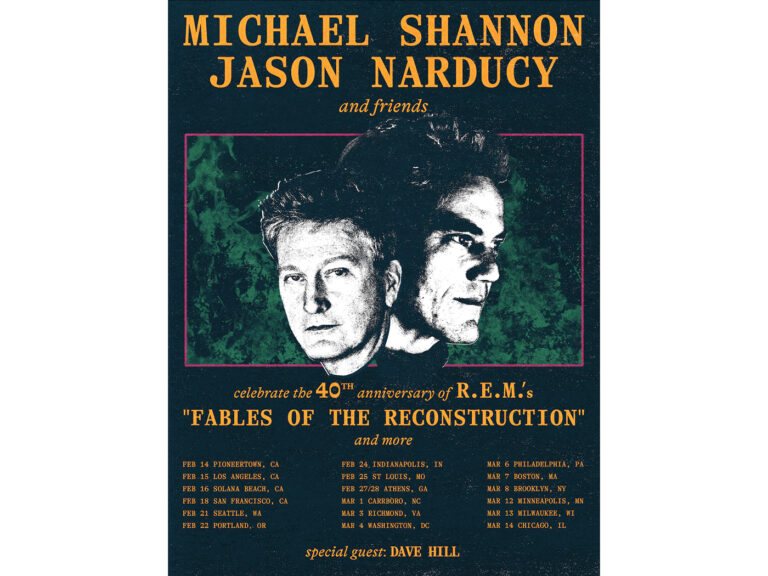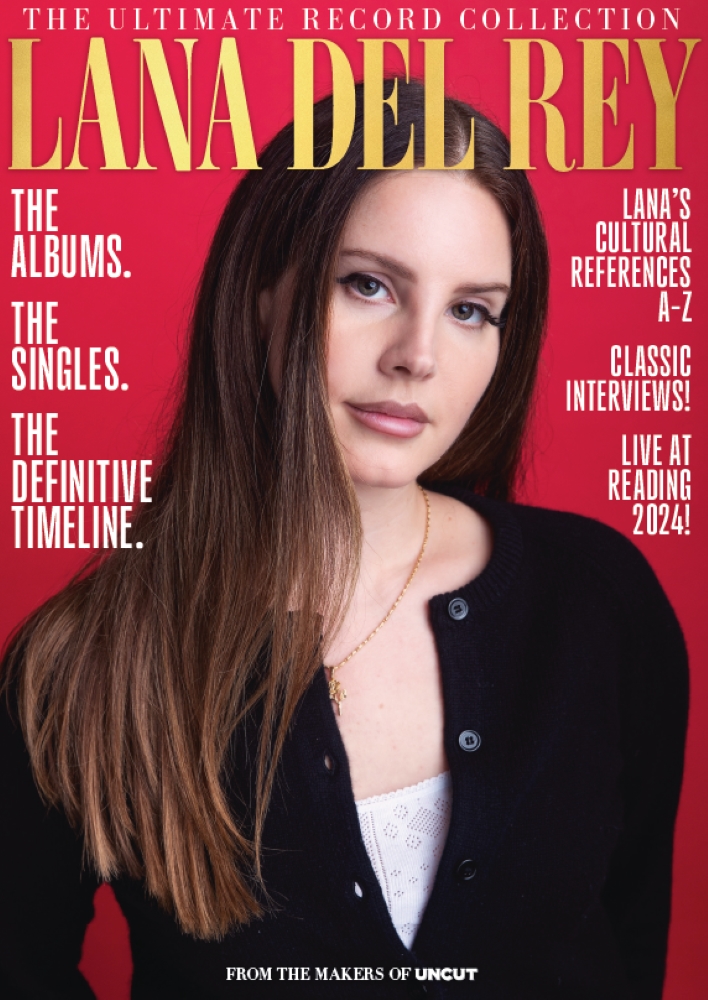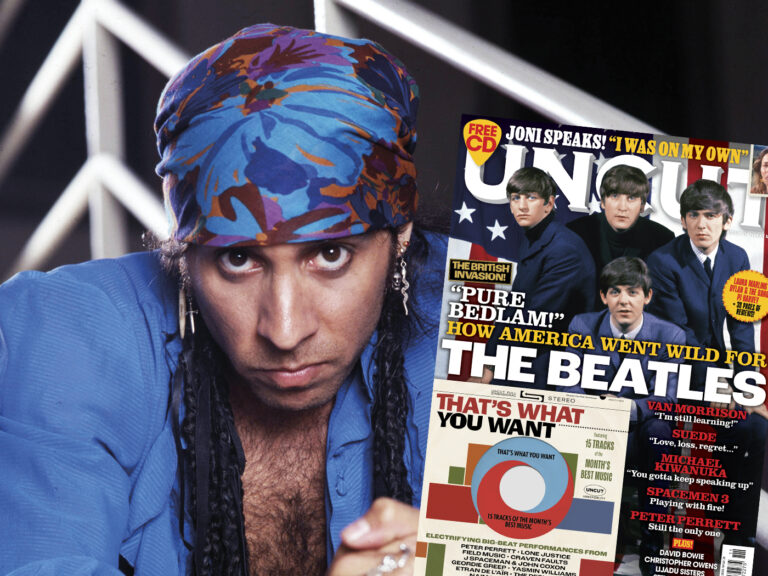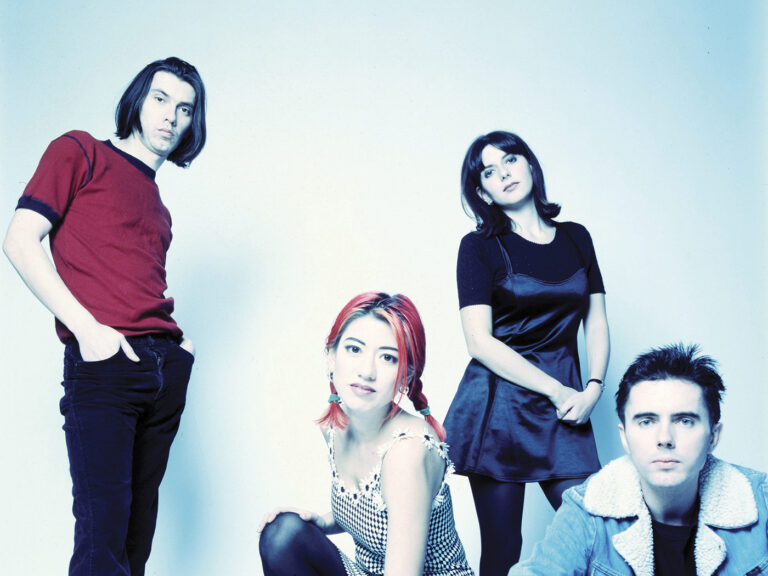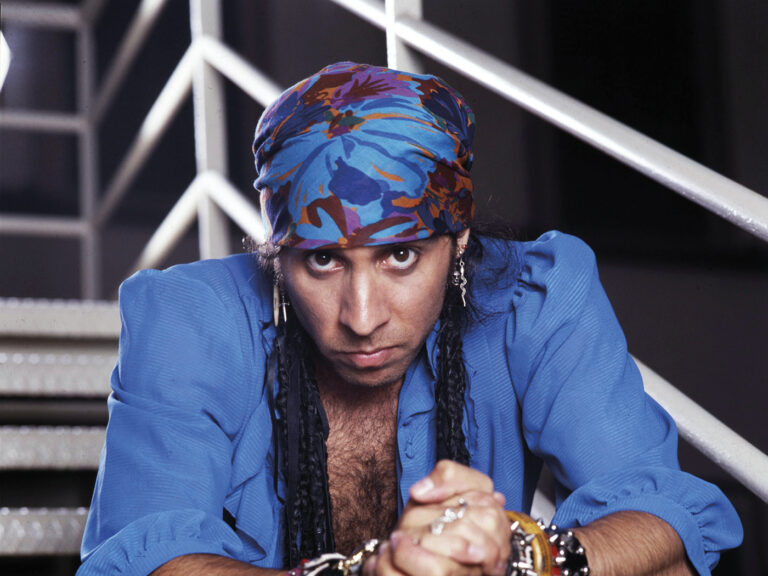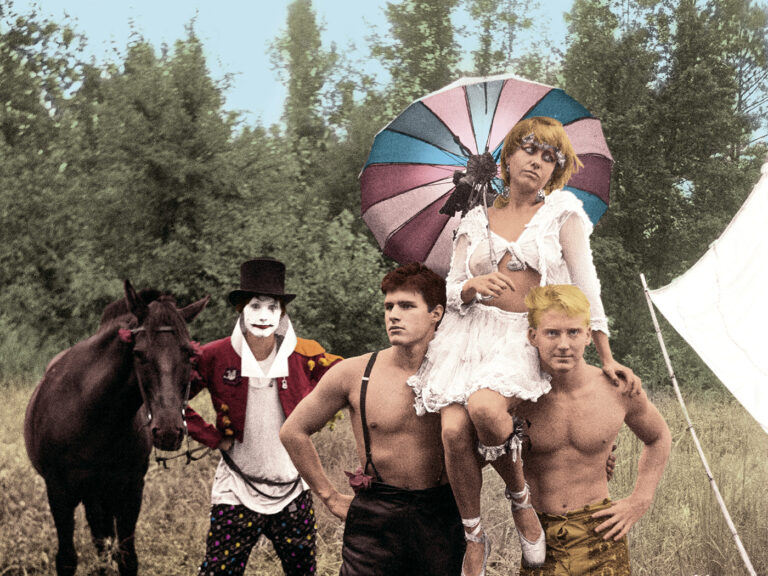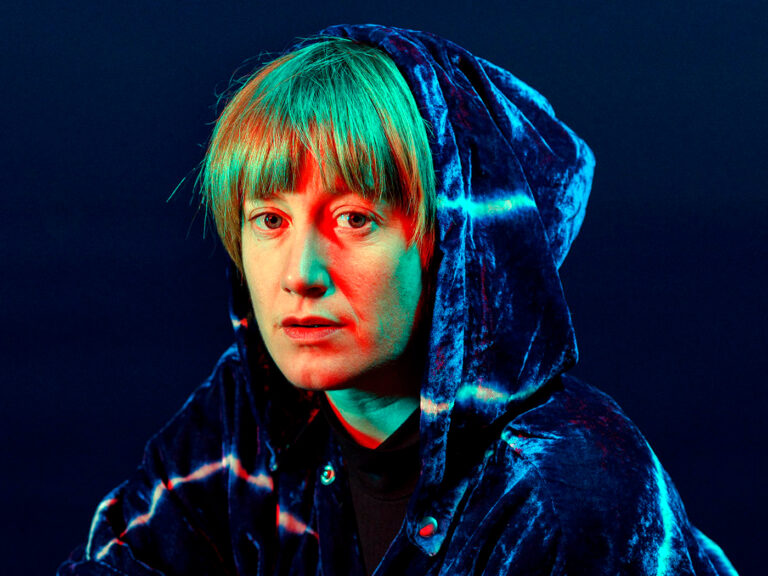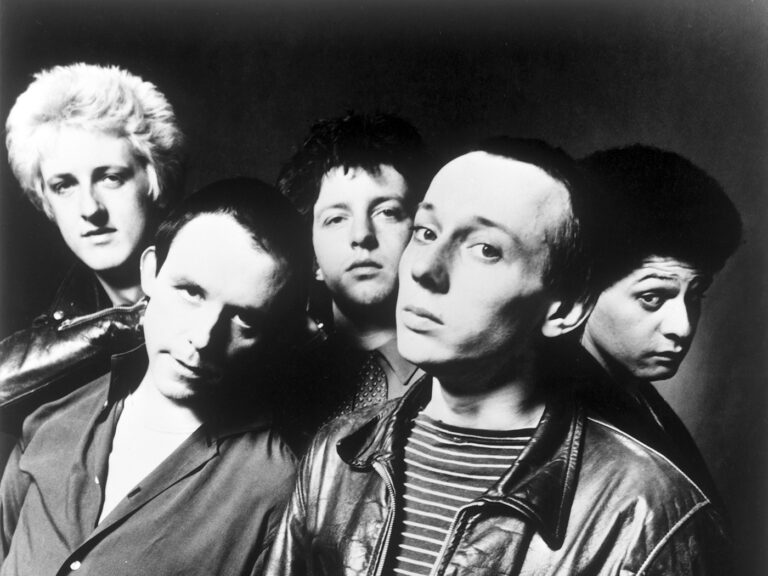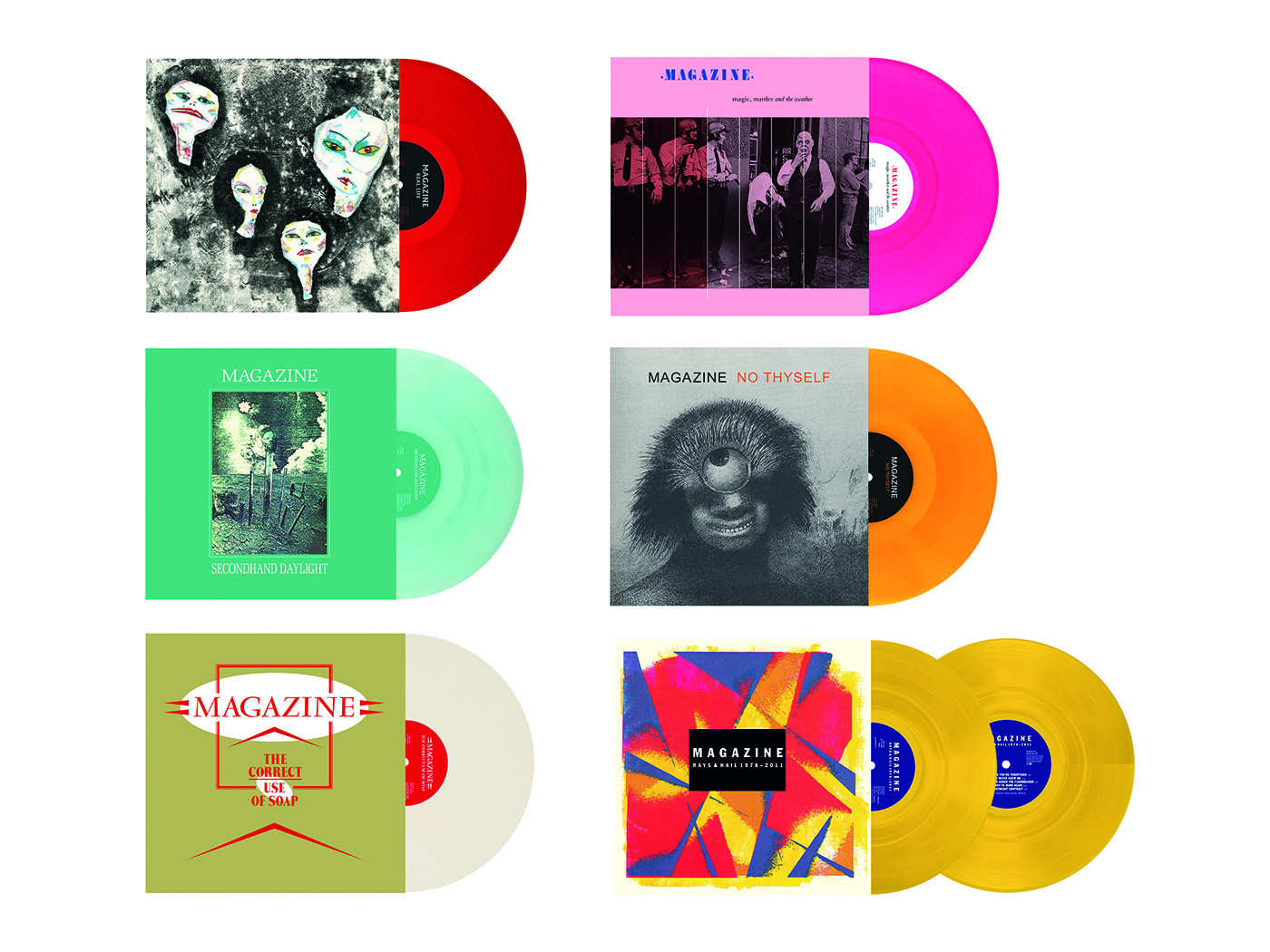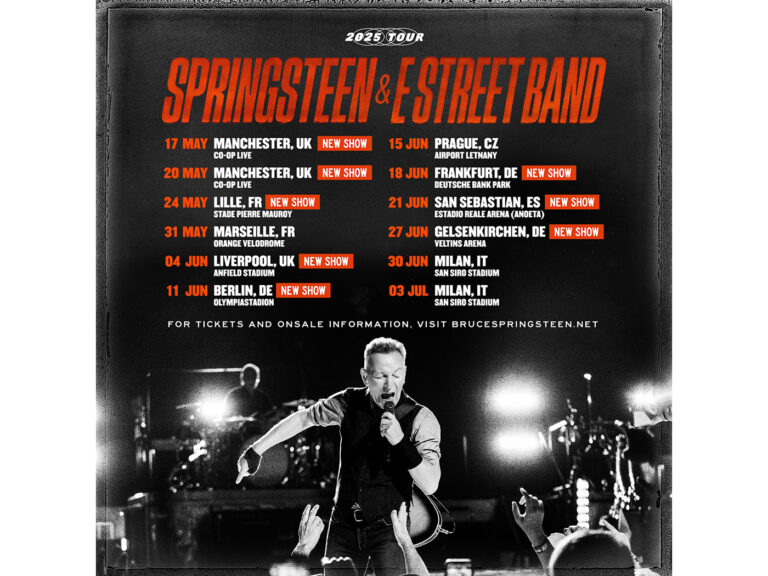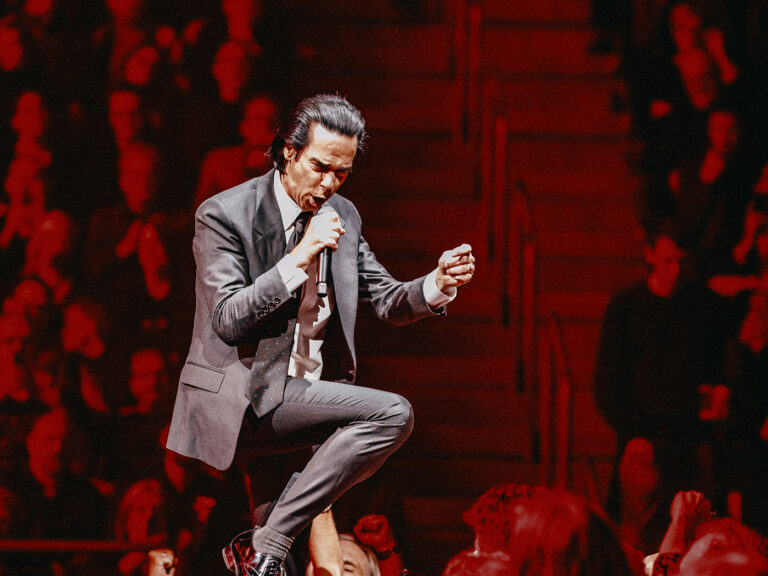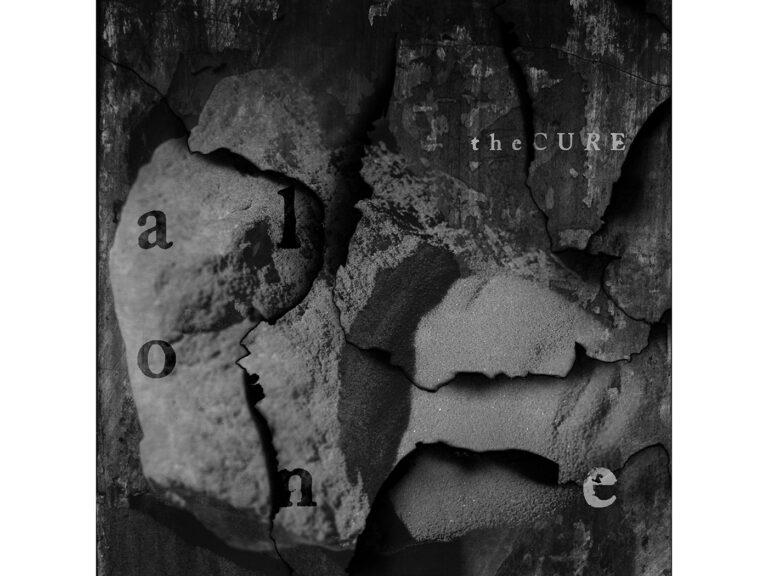March 2, 2022. I’m at the Brixton Academy, backstage during the NME Awards, waiting for an audience with Robert Smith. Smith is co-recipient of Best Song By A UK Artist with CHVRCHES for “How Not To Drown” and he’s taken the opportunity to reveal the title of The Cure’s long-awaited new album, Songs Of A Lost World. Eventually – things move very much at Robert’s place – we meet. A firm handshake, strong eye contact. Conversation touches on The Glove – the one-off band he formed with fellow Banshee Steve Severin – a memorable Cure gig at Crystal Palace Bowl in 1990 and his latest, tantalising update on the new album. Smith, politely, won’t be drawn further. “That is for another day,” he says with a smile.
March 2, 2022. I’m at the Brixton Academy, backstage during the NME Awards, waiting for an audience with Robert Smith. Smith is co-recipient of Best Song By A UK Artist with CHVRCHES for “How Not To Drown” and he’s taken the opportunity to reveal the title of The Cure’s long-awaited new album, Songs Of A Lost World. Eventually – things move very much at Robert’s place – we meet. A firm handshake, strong eye contact. Conversation touches on The Glove – the one-off band he formed with fellow Banshee Steve Severin – a memorable Cure gig at Crystal Palace Bowl in 1990 and his latest, tantalising update on the new album. Smith, politely, won’t be drawn further. “That is for another day,” he says with a smile.
That day has finally come, of course. Songs Of A Lost World underscores the singular creative vision of its chief architect – an album of ravishing, windswept musicality and lyrical intensity, as Smith grapples with notions of ageing and mortality, made all the more vivid by his own relatively recent losses. In many ways, Smith is a singular British artist along with Kate Bush and Radiohead, who have the ability to create compelling worlds from their own idiosyncratic preoccupations.
As well as a new interview with Robert Smith, there’s plenty else inside this issue of Uncut, including new interviews with sundry members of Radiohead (Colin and Jonny can both be found in these pages), Art Garfunkel, Howard Devoto, Bryan Ferry, Joan Armatrading and Paul Weller. I can’t recommend highly enough Jennifer Castle’s new record Camelot, which is our Album Of The Month on page 24. Finally, I’d also draw your attention to what’s outside the magazine – and a wonderful CD compiled for us by Kim Deal, which includes (deep breath) studio tracks from the Stooges, Black Sabbath, Neu!, Th Faith Healers and Joy Division. It’s quite a thing, as I hope you agree.
The sad news of Kris Kristofferson’s death reached us just as we were going to print, but we’ll carry a full tribute to him next issue.


